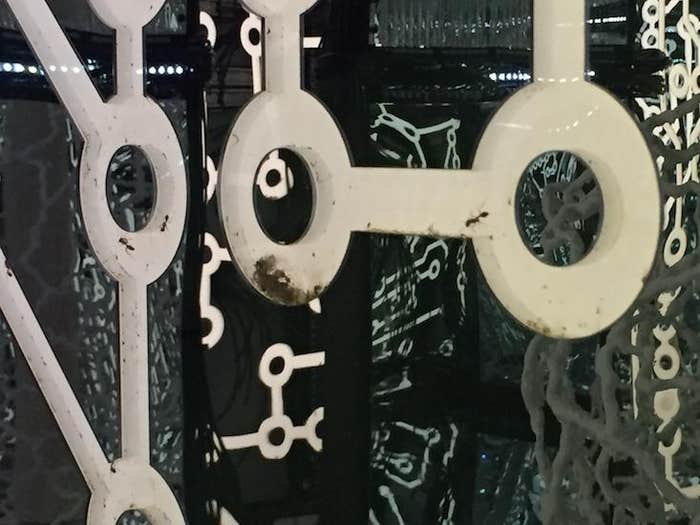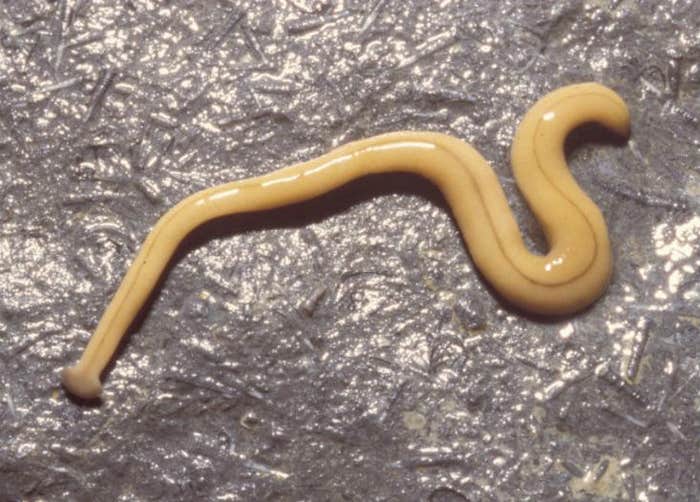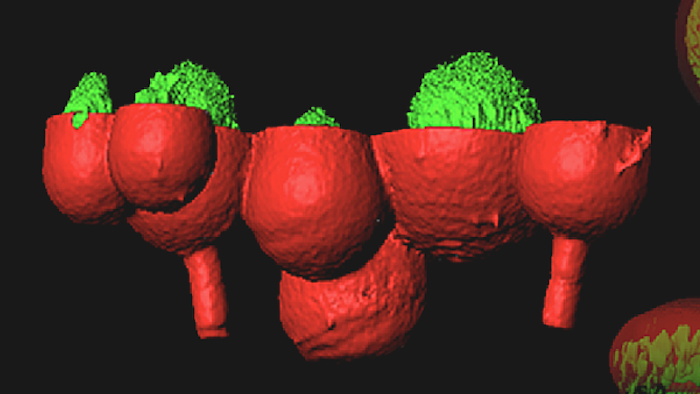Bacteria
7 articles-
What It’s Like to Be an Ant
The idiosyncrasies of our social and cultural lives significantly influences our conscious and unconscious responses to the smells of others and our behaviors toward them.Photograph by Gayil Nalls / Installation View: The Hugo Boss Prize 2016: Anicka Yi, Life Is Cheap, Solomon R. Guggenheim Museum, New York, April 21–July 5, 2017 Nautilus Members enjoy an […] -
How We Can Finally Start Outsmarting Single-Cell Attackers
Imagine you are a bacterium, roughly 1/1,700,000 of your current size, residing in your own human body’s gut. You live in a diverse community, the “microbiome,” teeming with other bacteria: friendly neighbors who live next door, some ne’erdowells who occasionally vandalize the town, and your neighborhood cops who try to keep everything in check. The […] -
The Pufferfish’s Lethal Poison Shows Up Right Under Our Feet
A flatworm that lives in soil and uses TTX to hunt down much larger earthwormsPeter Ducey Nautilus Members enjoy an ad-free experience. Log in or Join now . Lurking in the soil, even under a most peaceful and well-nurtured garden, is a surprisingly fierce predator: Bipalium adventitium, an invasive flatworm that began appearing in the […] -
The Pretty Bacterial Dance That May Help Prevent Infections
Imagine looking down through a microscope and seeing a big mass of bacterial cells, writhing in sync, churning in circles. You can almost hear a buzz of activity. The micron-sized organisms migrate across a plate of agar, gobbling up the nutrient-rich media, recalling the frenetic activity of bees in a hive. Nautilus Members enjoy an […] -
Want Fungus in That? Our Delicious & Useful Rotten Foods
Imagine a bowl of half-cooked beans coated in a layer of fibrous, white mold. Dotted across the surface of the mold are little black and blue spores. It smells faintly of ammonia. Nautilus Members enjoy an ad-free experience. Log in or Join now . Sound appetizing? It might seem too much like the remnants of […]
-

Genomic Loopholes and Other Weapons
Turning bacteria against each other can help fight antibiotic resistance.




















